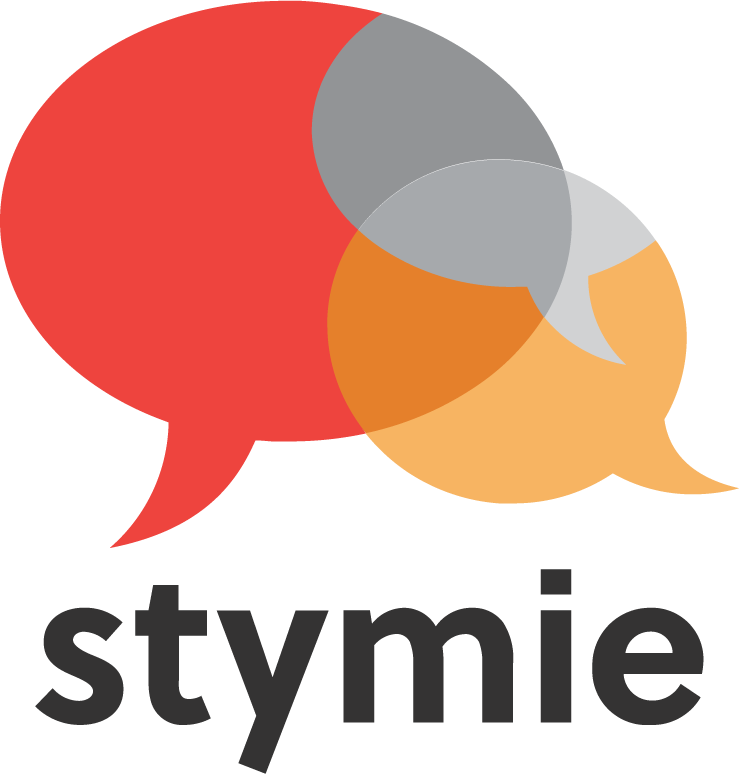Vocational Education and Training (VET) courses are nationally accredited qualifications available to Year 11 and 12 students.
Completing a VET qualification provides increased opportunity for students to connect with industry and school, ensures the focus and content of training is relevant, and that skills are developed to industry standards.
VET completion can count towards the completion of SACE and, in certain cases, the calculation of an ATAR. VET courses also articulate into other trade and para-professional qualifications at a higher level after school.
Certificate II units generally award credit at Stage 1 and Certificate III units (also typically associated with an apprenticeship), award Stage 2 credits.
When considering career pathways options, it is wise for students to consider current labour market information regarding to employment opportunities in that industry.
Flexible Industry Pathways (FIPs)
Students can gain access to a wide range of VET options off-campus delivered by Training organisations such as TAFE SA and other private providers. Students will need to travel to the delivery sites to access this training.
The Department for Education has identified 25 Flexible Industry Pathways (Studentpathways.sa.edu.au) in which they offer subsidies to students to complete qualifications in areas considered to be strategically important to the economy in terms of job growth and skills shortages. The FIPs available for delivery to students in 2024 include:
- aged care and disability
- animal care
- agriculture
- aquaculture
- automotive retail, servicing and repair
- building and construction
- business
- civil construction, resources and infrastructure
- conservation and land management
- cyber
- early childhood and education
- electrotechnology
- engineering
- food processing
- forestry
- hair and beauty
- health support
- horticulture
- hospitality and tourism
- information technology
- manufacturing
- maritime
- plumbing
- thoroughbred racing
- screen and media production, game development and visual effects.
In 2024, Blackwood High School plan to deliver the following courses on-site:
- Certificate II in Electrotechnology via PEER
- Certificate III in Early Childhood Education and Care via MADEC
VET enrolment process
All VET courses are applied for by the VET Coordinator on the student’s behalf via an online application system called VETRO (VET Readiness Orientation).
Upon application, students must provide evidence of industry immersion in the field they are applying for. This typically comes via work experience or attending come and try activities, but may also take the form of volunteering or paid work.
Course fees are heavily subsidised by the State Government and vary from course to course. Students who have access to School Card funding will pay no more than $100 per course.
Ideally, applications are submitted in Term 3 and students are notified of their success in Term 4. It is a requirement of all “VETRO” courses that students complete a Language Literacy and Numeracy Assessment to ensure that students’ diverse needs are catered for. Students can prepare for this by accessing the following resources:
Students will need to create a Unique Student Identifier (USI) and this can be done here.
Individual training providers also have their own enrolment forms that will need to be completed and submitted as the enrolment process is finalised.
Expectations for VET students
All students are required to arrange their own transport to VET courses and Work Placement. Some VET programs require students to complete Work Placement as part of their training, in a real or simulated work environment. These placements provide valuable training and mentoring to aid development of technical and employability skills. In many cases, training organisations will work with students to secure these placements, but it is up to the student to ensure that the Workplace Learning Agreement form has been completed and returned to the school.
Students may miss lessons for other subjects whilst at a VET program and Work Placement. It is important to be well organised and work closely with subject teachers and the VET Coordinator to ensure the impact is minimised.







